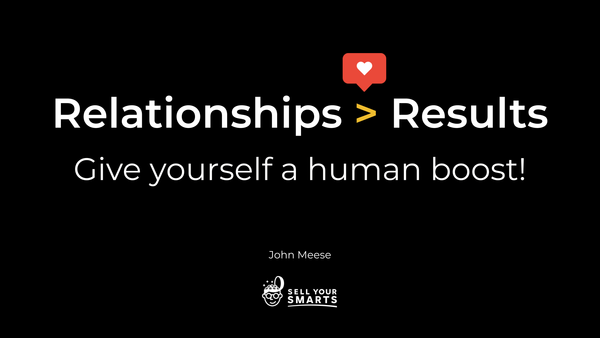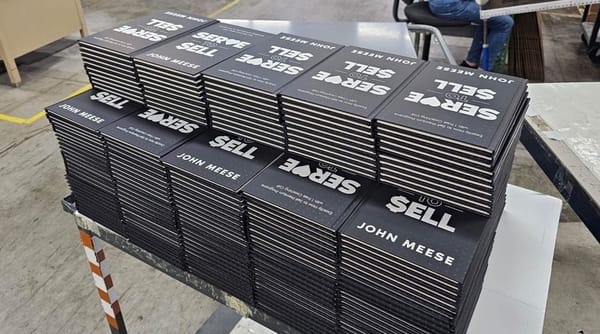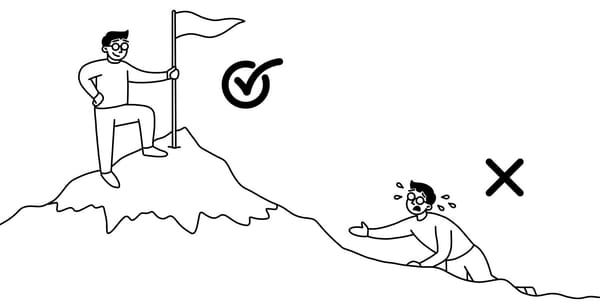Not Sure What Product To Create? Try This.

This is a guest post from Mike Kim, a marketing consultant, communications strategist, and professional copywriter. You can connect with him on Twitter (@MikeKimTV) or visit him on his blog.
One of the most common struggles online platform-builders face is product creation. We know products are vital to business, but struggle with what kind of product we should create.
The conventional advice is to take a survey of your audience—but what if your email list is small, or even non-existent?
Moreover, what if you’re in a service-based business, like photography, fitness training, or freelance writing?
You might not even have a website, let alone an online “audience.”The conventional approach of taking a survey essentially boils down to “spend tons of time creating content to slowly build an audience that you later have to survey in order to create a product and generate income.”
(The run-on sentence is intentional, because that’s exactly how most people feel: “This will take forever!”)
Fortunately, there’s a quicker way to gain clarity on the pain points of almost any niche or audience—and simultaneously give you insight into what kind of product to create.
It’s called Amazon.com.
I recently took a coaching client through this very exercise, so let’s use his niche as an example: customer service.
1. Type in the Keywords of Your Niche.
We simply typed in “customer service.” Don’t worry about which ‘department’ to select—Amazon will pull up the most popular products automatically.
In this case, it was books.
The first item in our search was a book titled, The Customer Rules: The 39 Essential Rules for Delivering Sensational Service by Lee Cockerell, a former executive at Disney. (Neither of us had read it.)
2. Read Critical Reviews and Jot Down Phrases that Jump Out.
Start with the “Most helpful positive review” and the “Most helpful critical review.” There is a gold mine of information in these two reviews.
Next, read at least 3 more helpful reviews and 3 more critical ones.
The critical reviews will often be more helpful in discovering the pain points of your audience. These phrases will be of tremendous help when writing copy for your product or service.
3. Leverage this Research For Content, Copy, and Product Ideas.
For example, one of the critical reviews stated,
This is a very idealistic view that unfortunately may work at Disney, but certainly not in all businesses. I worked my way through college as a bartender, and as you can imagine I wouldn't have lasted very long if ‘No’ wasn't said quite often. After graduation I went to work in a bank writing loans, where unfortunately again ‘No’ is also much more common than saying yes.
Talk about a ton of great info!
In this person’s mind, there’s a major gap between the “idealism” of Disney’s customer service and other businesses, like bars or banks.
With more research, it would be easy to find other industries that fall into this category. It’s very possible that a pattern of skepticism will emerge.
Some of these statements can be ‘flipped’ to become topics for blog posts or sales copy.
You might write a blog post titled “How To Give Customer Service Even When You Have To Say No”.
Or your sales copy might incorporate phrases like,
We both know your bistro bar gets its fair share of angry, overbearing, and entitled customers every day. We also know it's entirely possible for the customer to sometimes be wrong! This training course shows you how to deal with these folks and their ridiculous requests, all without jeopardizing your 5-star rating on Yelp.
Pro Tip: Take these key phrases and incorporate them into Ray Edwards’ P.A.S.T.O.R. copywriting formula.
Your research will yield the essential ingredients for great copy. All you need to do is assemble and fine-tune it for great results.
Recap: Pry With a Purpose.
Keep in mind, all this was done with just one book. There are many more products that can serve as potential channels for your research.
Follow this process once, and it will become the norm for any and all future projects you take on.
As novelist Zora Neale Hurston once said,
“Research is formalized curiosity. It is poking and prying with a purpose.' – Zora Hurston”
All this circles back to following the 3-Question Product Formula framework.
Using Amazon is just one more way of gathering the vital intel you need to get a clear picture of the raw, honest struggles of your audience.
Do this, and you’ll save yourself from ‘shooting in the dark’ with your product creation.
Question: What did your Amazon research turn up?





